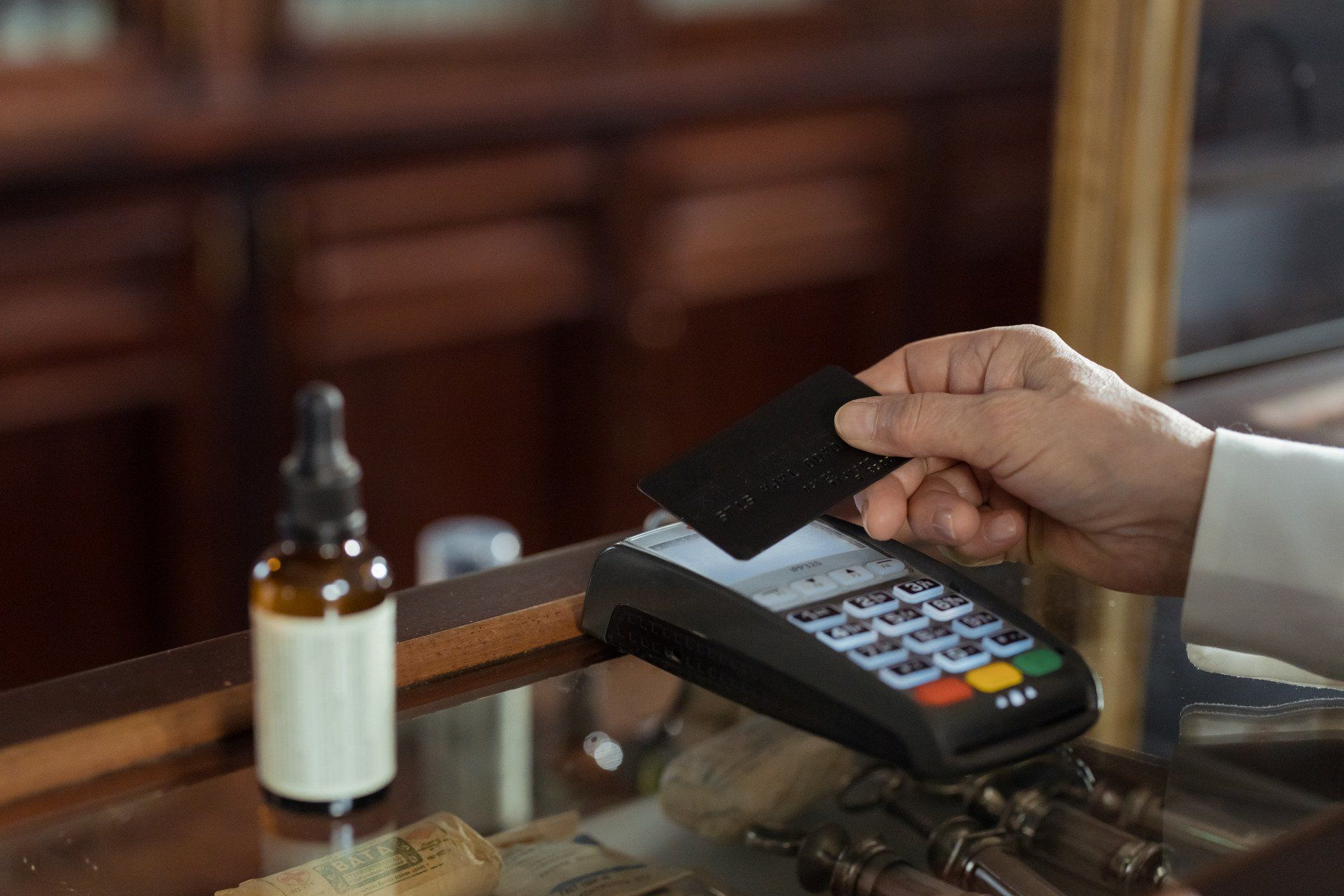How Does a Point-of-Sale (POS) System Work?
- By florian.glinserer
- •
- 29 Aug, 2023

Retail businesses can vary in size, but all shops need one crucial element - a point of sale (POS) system. A POS system is the backbone of in-person sales transactions, facilitating everything from item scanning to payment processing. It is like a cash register - where the customer rings up their sales and pays the amount due.
In this article, we aim to help you understand the components and workings of a POS system. But first, let’s understand:
What is a POS System?
Thanks to modern technology, cash registers have now made way for digital POS systems. These are used to complete a retail transaction between the merchant and the customer. A retail POS system is programmed to ring up the purchased items, calculate the sales amount, accept payment methods, and generate a receipt. It also records all the transactions, enabling businesses to generate monthly reports, manage inventory, etc.
A POS system for retail is used in almost all storefronts, and they can be customised to suit the needs of a specific business. While looking for a POS system in Australia, you can choose among a restaurant POS system, a cafe POS system, and more such options.
Before making your choice, it is important to understand the POS system meaning and how it works.
Understanding the Components
A POS sales system comprises two core elements: software and hardware.
POS Software: At its fundamental level, POS system software calculates transaction amounts, tracks sales, and monitors inventory. However, the best POS systems available in today’s times offer much more. Advanced POS solutions may include built-in loyalty features, comprehensive reporting tools, and e-commerce capabilities.
POS Hardware: Think of POS hardware as the physical manifestation of the system. The primary components include:
1. POS Terminal: This serves as the platform for the POS software. It can be a desktop computer, laptop, or even a mobile device like a smartphone or tablet. Some providers offer specialised hardware designed to work seamlessly with their software.
2. Card Reader: To accept credit card payments, a card reader is essential. The type of reader depends on your software and terminal. It connects with the POS software to facilitate secure payment processes.
3. Barcode Scanner: Particularly useful for businesses with extensive inventories, a barcode scanner simplifies the checkout process by automatically adding scanned products to the transaction.
4. Receipt Printer: If physical receipts are part of your customer experience, a receipt printer is vital. It's seamlessly integrated with the POS system to generate receipts once a transaction is completed.
5. Cash Drawer: For customers who prefer cash payments, a cash drawer holds the funds and enables cash transactions. This ensures you can provide change promptly.
How Does a POS System Work?
The magic of a POS system unfolds during the checkout process. Here's a step-by-step breakdown of how a POS system for retail works.
1. Recording Items: The cashier scans or inputs each item's details into the POS system. Barcode scanners streamline this process by reading product information and automatically adding it to the transaction.
2. Payment Processing: With all items accounted for, the cashier triggers the payment process. If the customer pays in cash, the cash drawer opens, and change is provided if necessary. For credit card or mobile payments, the cashier selects the appropriate payment method on the POS system and guides the customer to swipe, dip, or tap their card or device using the card reader.
3. Generating a Receipt: The retail POS system generates a receipt upon successful payment authorisation. Depending on your preferences, this can be a physical printout or a digital receipt sent to the customer's email or phone number.
4. Loyalty Points and Rewards (Optional): If your business operates a loyalty program, this step involves collecting customer details for rewards. This can be done at the end of the transaction, before generating the receipt.
Conclusion
Irrespective of your business, whether it's a restaurant or café, a POS system acts as the lifeline of in-person retail transactions. It harmoniously integrates software and hardware, ensuring a streamlined, precise, and customer-centric experience.
Whether you need a mobile POS solution for your small boutique or are looking for a POS system for your cafe, we can help you find efficient solutions tailored to your business needs. Contact us at (07) 3861 0888 for assistance.

